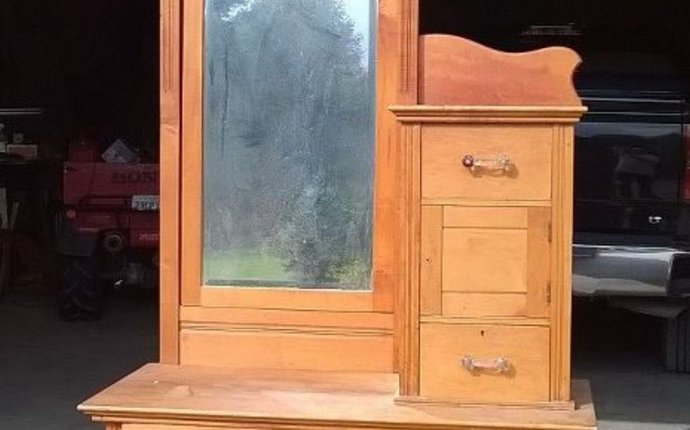
Antique Furniture Information
It’s been said that imitation is the sincerest form of flattery. But it’s no compliment when imitations or reproductions are used to defraud consumers. When consumers buy what they’re told is a genuine antique or a vintage collectible, but learn later they were knowingly sold a fake that can sell for less, it’s fraud.
Buying and selling antiques and collectibles is big business. You can buy antiques at auctions, shops, shows, and online. You may even discover treasures at garage sales and flea markets. Before you make any purchase, the Federal Trade Commission (FTC), the nation’s consumer protection agency, and the Professional Show Managers Association, a not-for-profit organization representing antiques and collectibles show producers, say it’s a smart buyer who learns about the differences between genuine antiques, reproductions, and their fake counterparts.
“A” Is for Antique: Learning the Lingo
Before you shop for antiques, it’s important to understand some terms used in the marketplace.
By law, an antique is an item that’s at least 100 years old.
A collectible is just about anything that people collect. The age of a collectible is not important, except if an item is labeled a vintage collectible. A vintage collectible is an item that is at least 50 years old.
A reproduction is an item created to look like an original, but that has no value in the antiques world. For example, new furniture can be manufactured to resemble styles from the 18th century, like Queen Anne, Chippendale and Hepplewhite. The same is true of antique reproduction jewelry — the items are not old; they simply are manufactured in the style of a certain period, like the Victorian era. Depending on the quality of materials and the manufacturing process, a reproduction can be expensive, but not nearly as expensive as an original. It also may be difficult for a non-expert to distinguish between a well-manufactured reproduction and an original.
You also may see or hear the term repro. Repro is not short for reproduction. Some people use the term repro to describe a new item that has been purposefully created with the intent to deceive and sell at its genuine counterpart antique price. Essentially, a repro is a fake. For example, an unscrupulous dealer may knowingly try to sell you a repro Tiffany lamp as an original. Items from a variety of categories can be faked, including porcelains, glassware, jewelry, silver, paintings, prints, textiles, wood carvings, brass, and copper.









